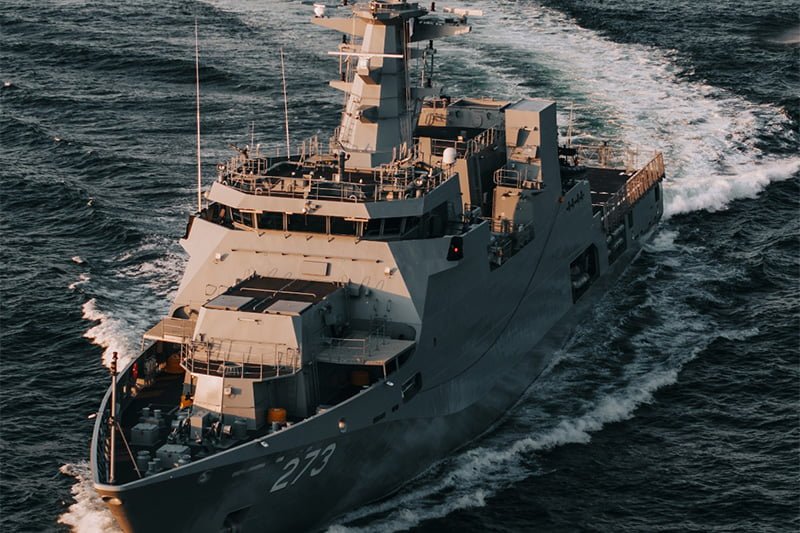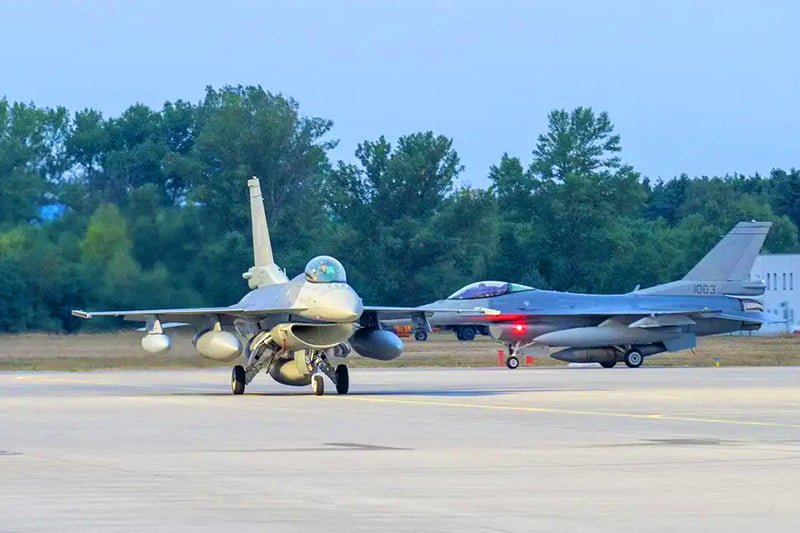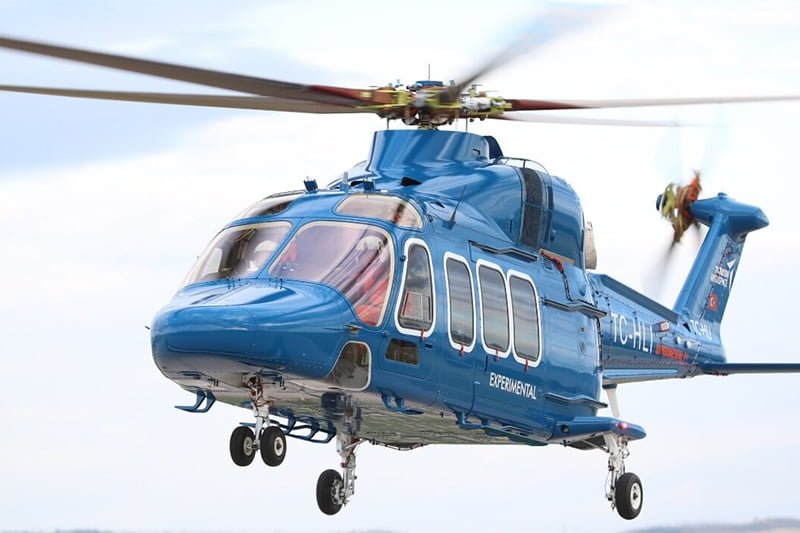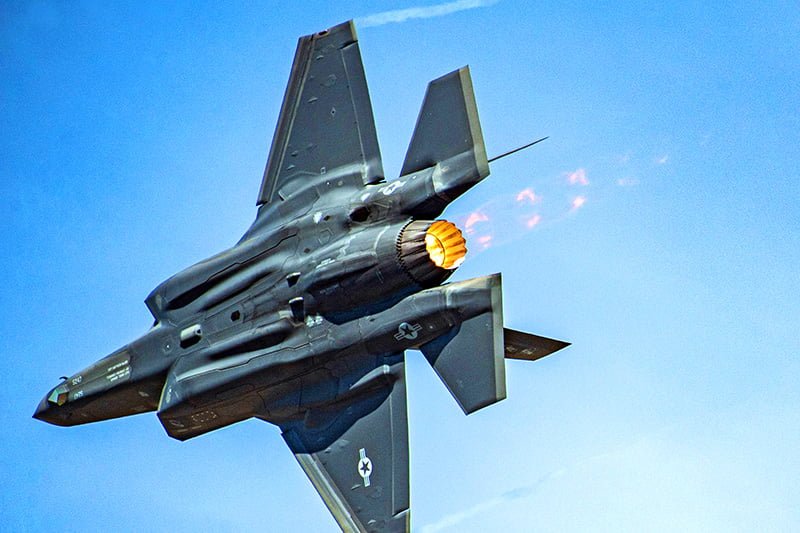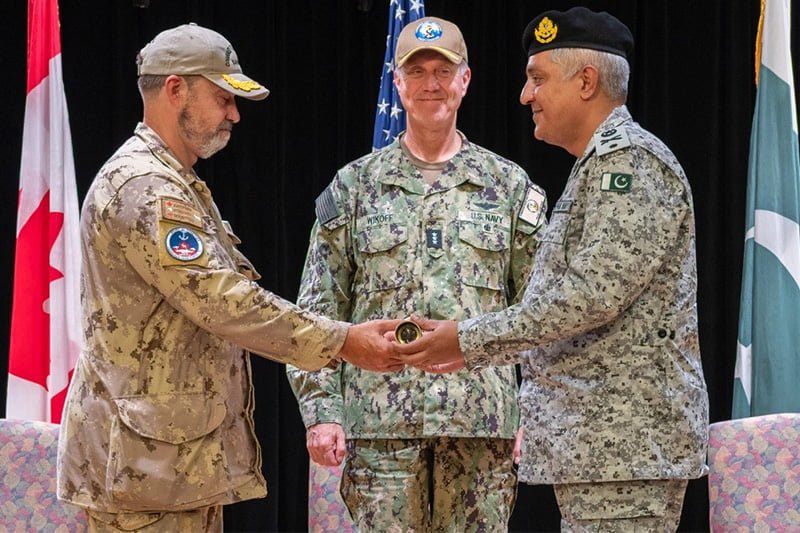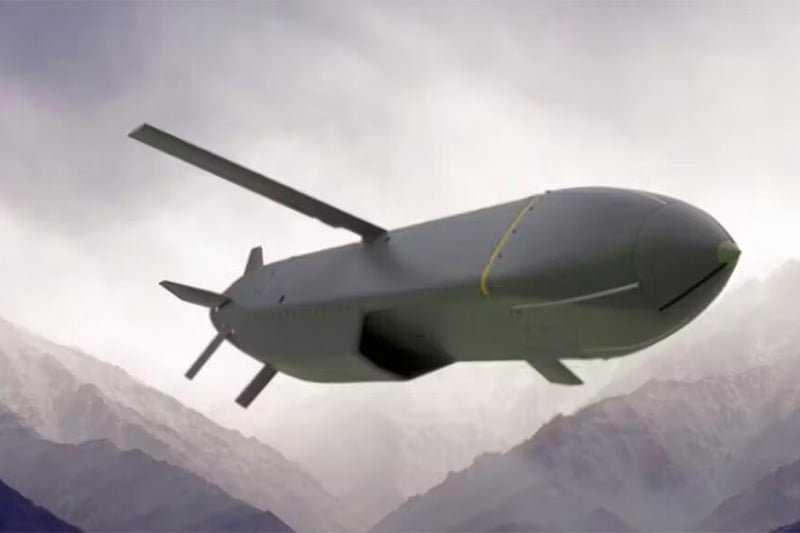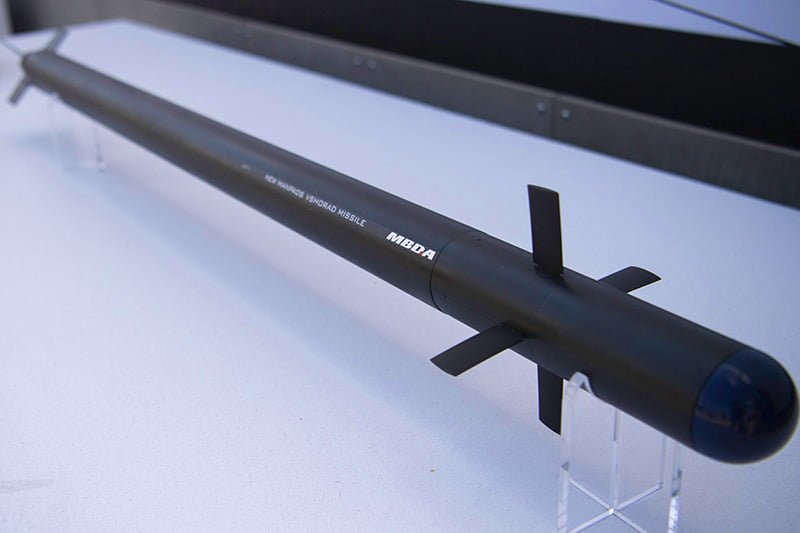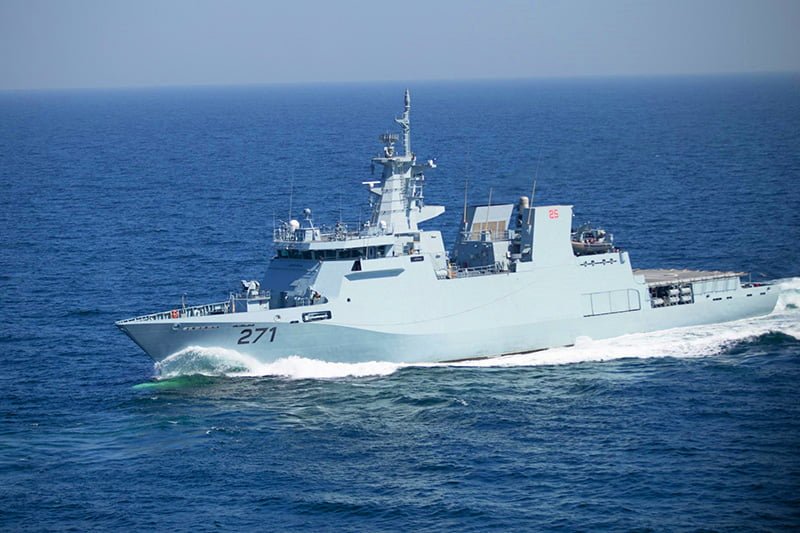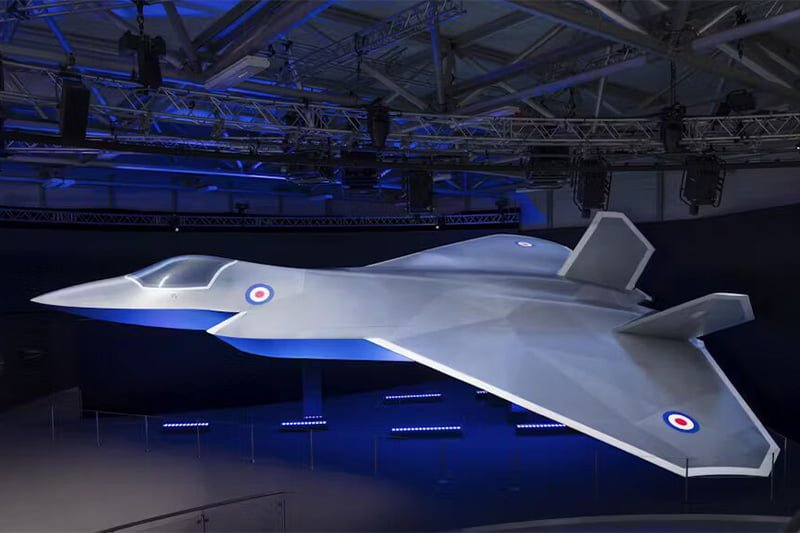Royal Navy’s Historic ‘Mojave’ Drone Launch from Carrier
The Royal Navy recently achieved a historic first by flying the largest unmanned aircraft ever from a UK aircraft carrier. The flight paves the way for mixed crewed and uncrewed naval air operations on the Queen Elizabeth class carriers.
First Large Drone Launch Off British Carrier
A specially modified MQ-1C ‘Mojave’ drone took off and landed on HMS Prince of Wales off the US east coast. At over 9 meters long with a 17 meter wingspan, the 1.5 tonne drone is larger than an F-35 stealth fighter.
The unprecedented flight unlocks the carriers’ potential for integrating modern drones alongside 5th generation jets. It demonstrates new unmanned capabilities for future naval air power.
Also read this: Pakistan Nears Deal for L-15 Trainer from China
Expanding Carrier Air Capabilities
While the Royal Navy has operated smaller drones from ships, the Mojave brings new long-endurance surveillance and strike capacities.
Carrying up to four Hellfire missiles in the trial, the drone can conduct various missions at medium to high altitudes. Its capabilities complement the F-35’s role.
Pushing Boundaries of Carrier Ops
The Mojave activities involved extensive planning between the Royal Navy, drone-maker General Atomics, and HMS Prince of Wales.
The successful trials pushed the boundaries of unmanned-crewed coordination. They provide valuable insights on fusing autonomous systems with carrier air wings.
Implementing Lessons Learned
According to Rear Admiral James Parkin, the Mojave flight sets the stage for evolving carrier strike groups into combined manned-unmanned forces.
The lessons learned will influence future naval drone acquisition and inform optimal training, maintenance, and operational concepts to fully leverage their potential.
Mirroring US Navy Progress
The Royal Navy is mirroring innovation efforts by the US Navy, which has operated larger carrier-based drones like the MQ-25 Stingray.
Coalition interoperability is enhanced by the UK pursuing similar autonomous aircraft integration.
Enhancing Carrier Capabilities
Vice Admiral Martin Connell stressed embracing uncrewed systems will ensure the Royal Navy can fight effectively in the complex future operating environment.
Drones provide game-changing ISR, electronic warfare, counter-air, and strike capabilities that will redefine naval air power.
Mojave Specifications
The General Atomics MQ-1C Gray Eagle derivative features a 17 meter wingspan and 9 meter length. It weighs 1.5 tonnes fully loaded.
The drone has an endurance over 24 hours and can carry multiple sensors, missiles, and munitions loads. It’s part of the RAF’s new Protector RG1 fleet.
Future Growth
The milestone Mojave flight proves the Queen Elizabeth class carriers can host larger drones, paving the way for further uncrewed integration.
The Royal Navy will apply lessons learned to develop the tactics, capabilities, and culture required to become a mixed manned-unmanned force equipped for 21st century warfare.
Keep connected with us at Facebook, Twitter, YouTube, Instagram & TikTok for the latest defence happenings around the globe.


